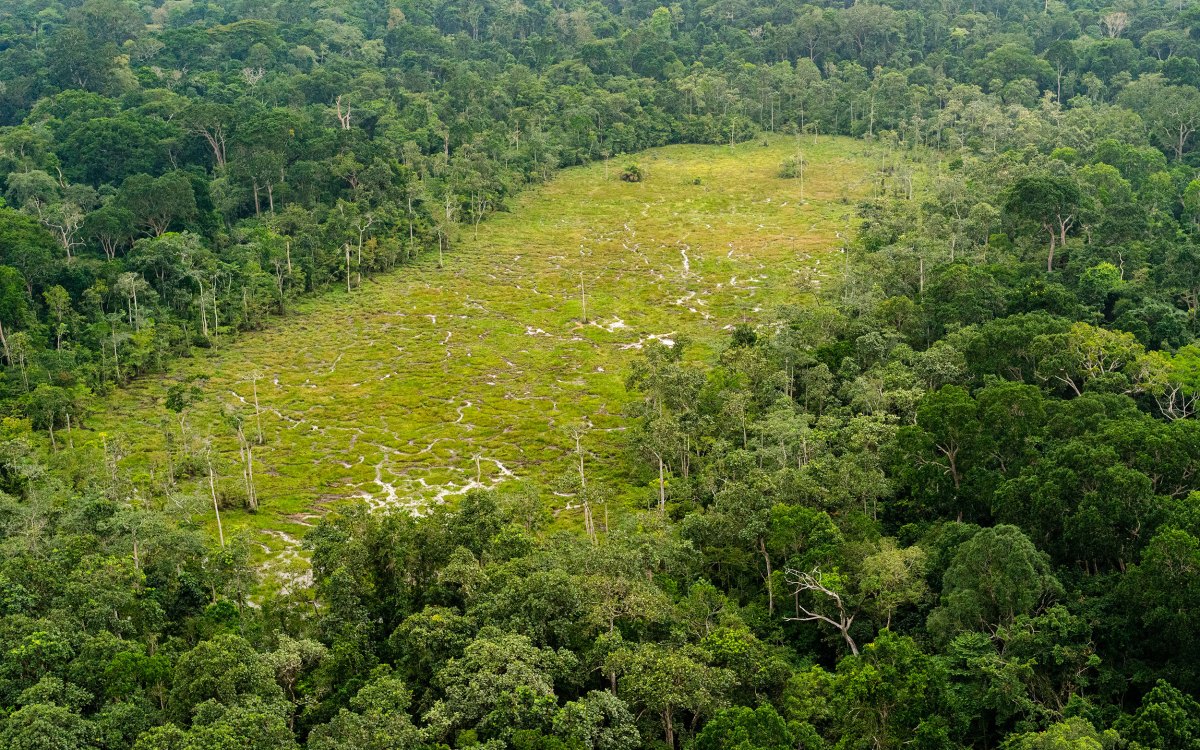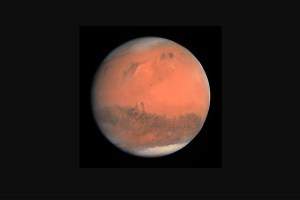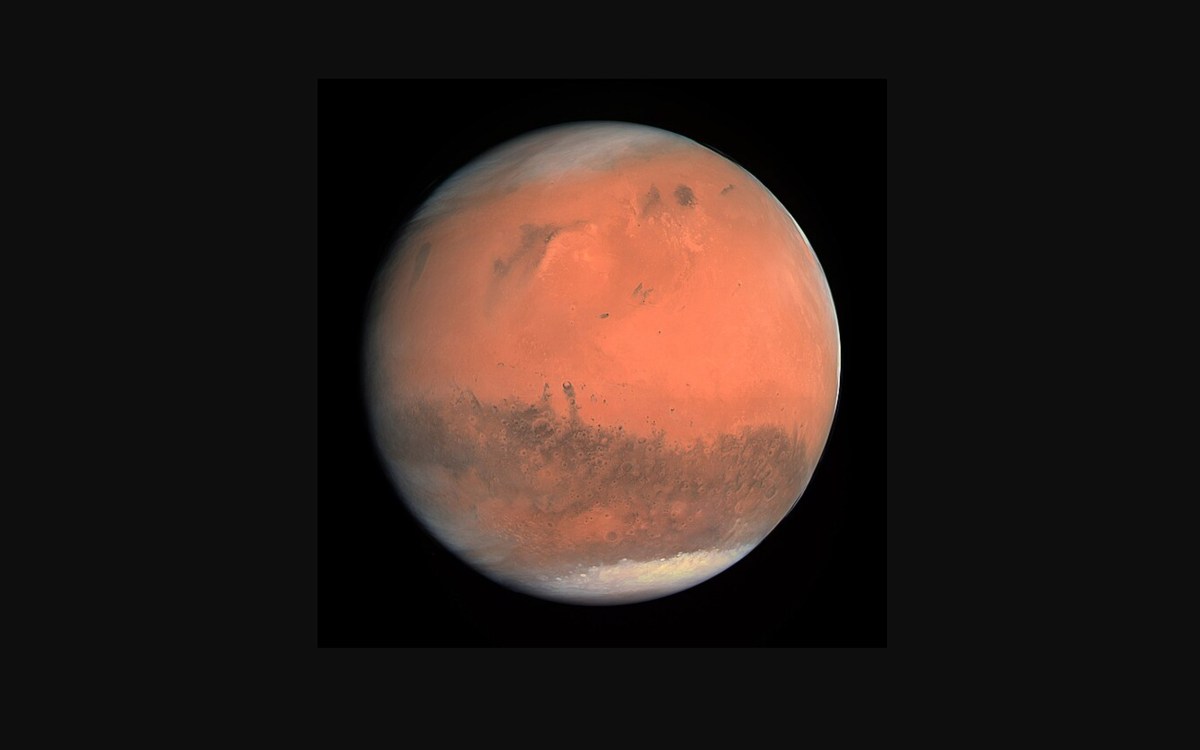Amateur and professional astronomers team to find new planet
Astronomer Scott Gaudi of the Harvard-Smithsonian Center for Astrophysics believes that microlensing has the potential for wide use in the future: “With improving technologies and techniques, the first Earth-sized planet may be found by microlensing.”
Last year marked the first discovery made using microlensing. This second find establishes the immediate usefulness of the technique in the ongoing search for new worlds.
The most recently discovered planet weighs approximately three times more than Jupiter and most likely orbits a star similar to the sun. When it was discovered, the planet was located about three times as far away from its host star as the Earth is from the Sun.
Both the planet and its star are located approximately 15,000 light-years from the Earth. The new planet and its star compose one of the most distant worlds ever found by man. Gravitational microlensing offers unique advantages for astronomers hunting planets: not only can it find more distant worlds than previously used techniques, but microlensing also is more sensitive to smaller worlds.
The microlensing event was detected and observed by the Optical Gravitational Lensing Experiment, or OGLE, led by Andrzej Udalski of Warsaw University. Two other collaborations – the Probing Lensing Anomalies NETwork (PLANET) and Microlensing Observations in Astrophysics (MOA) – also followed the event and contributed to the journal paper.





